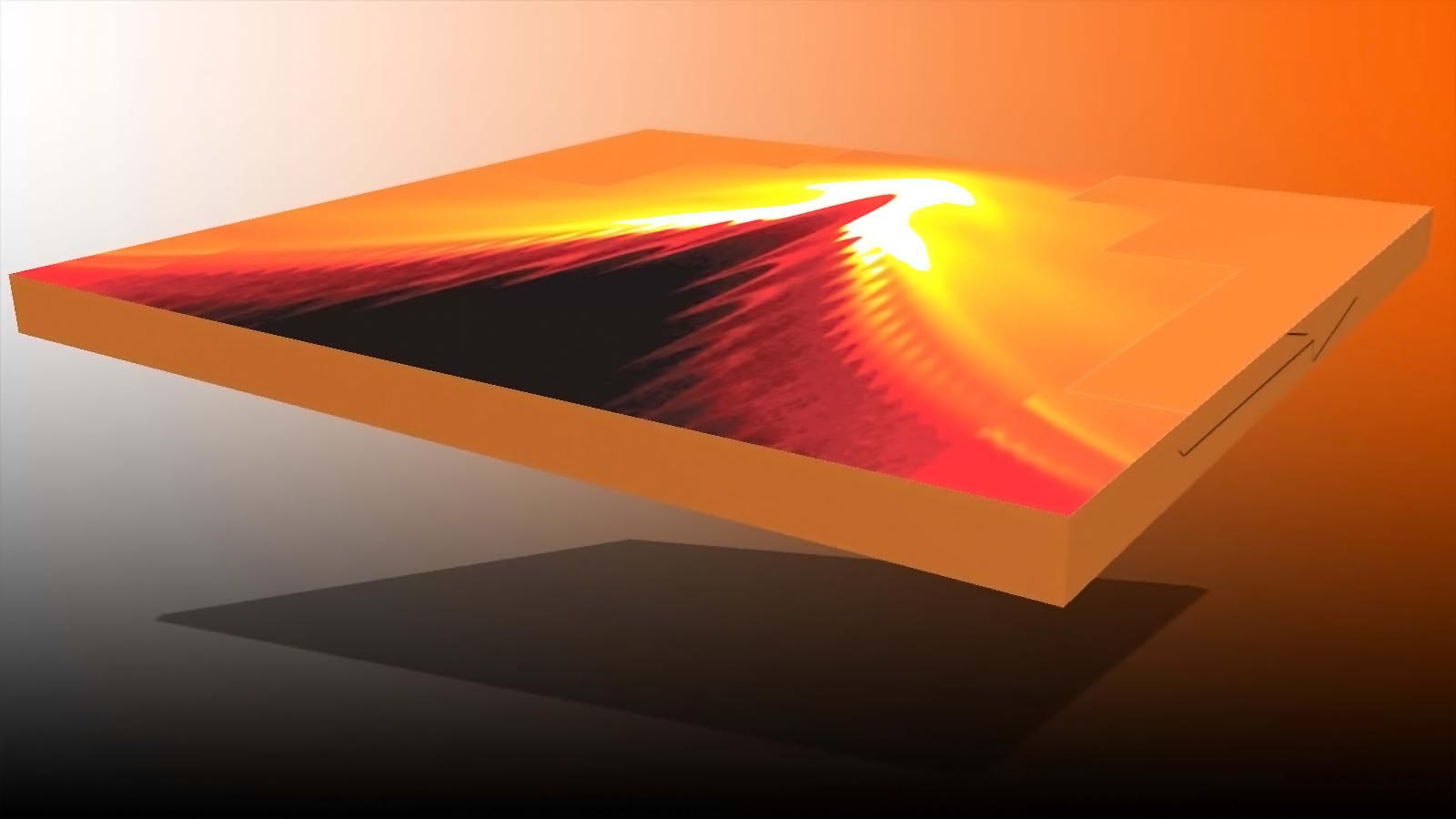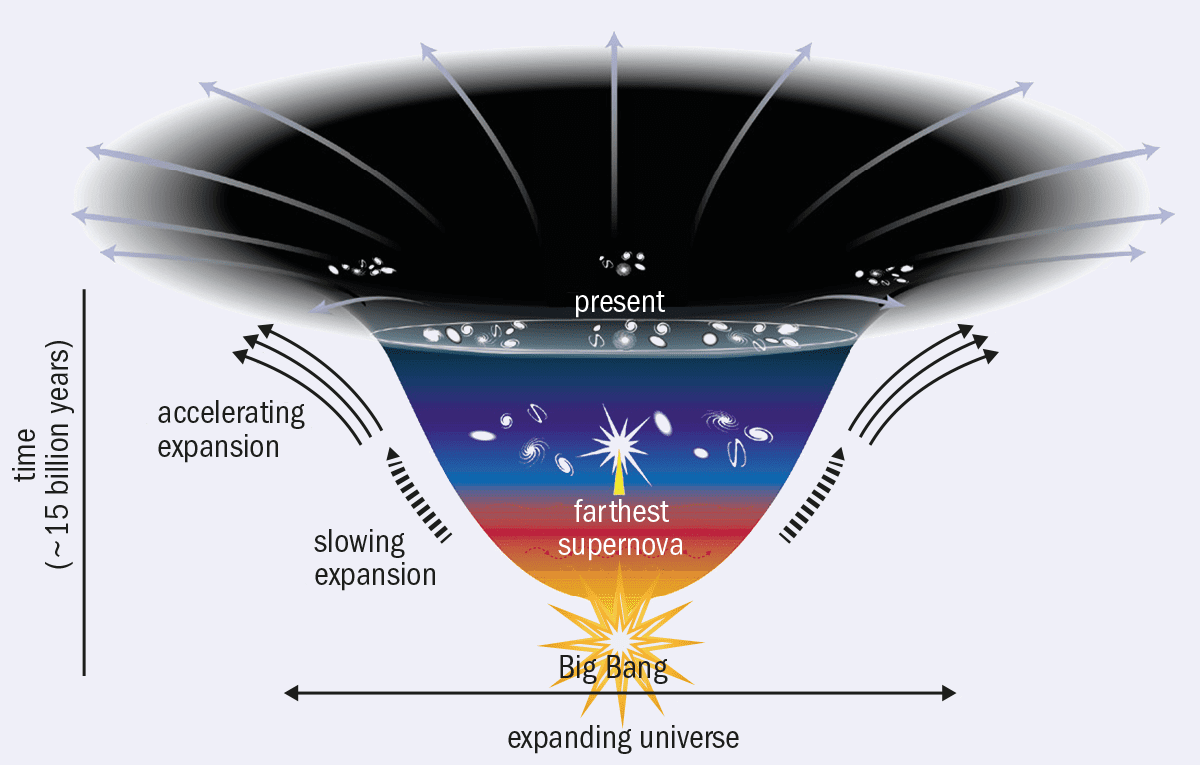|
As our readers will remember, I was once
again a guest on the History Channel’s “Ancient Aliens”
show S15 E8 just last year in 2020. This time it
was for a favorite subject of mine, George Van Tassel and his
Integratron. As the website states, “In the Mojave Desert, there
is a structure built to bestow everlasting life--and according to
the architect, the blueprint was provided by an extraterrestrial
visitor. Known as the Integratron, it has been called a work of
genius, but could it actually provide the key to immortality?”
The producers hired me to build a model of a completed
Integratron with a high voltage Tesla coil in the middle of it
and tell some fascinating stories about Van Tassel too. Now
fortunately, the show
is FREE to watch online (with commercials of course) if you
would like to see the entire story and my take on the fascinating
Integratron.
Story #1 reminds us of the last great editing
project that I undertook for the Faster
Than Light book, which has two specific means
for achieving FTL flight. However, there is also the usual
Alcubierre warp drive theory and negative
energy conversion that we see on all of the
Science Channel shows. Now, physicist Erik Lentz from
Göttingen University in Germany offer a new theory “without
requiring any kinds of exotic physics that physicists have never
seen.” It uses a new class of hyper-fast solitons that maintain
their shape and energy as they travel faster than light, while
still satisfying Einstein’s general relativity. Published
in Classical
and Quantum Gravity , the
amount of energy required still is a challenge to be solved.
Story #2
is a recent revival of a demonstration done a while back at
Ithaca College in the video, which is like an introduction to the
next story. The Lewin Day article explains how a superconductor
can keep going on a magnetic track, at a fixed distance, and
hints at the day when room-temperature superconductors will do
the same on vehicle-sized tracks. Note the small push that the
cold superconductor is given to get started and, without friction
of any kind, it keeps going and going.
Story #3
offers a more up-to-date physics breakthrough from Princeton for
superconductivity. Funded by the US Army Research Office,
National Science Foundation, and the US Department of Energy, the
researchers were able to see the beginnings of superconducting
Cooper pairs forming at the edge of a molybdenum ditelluride
sample, without “injecting” superconductivity into the
sample. A referenced article from Science 2020 is also cited .
If they see more edge versus bulk superconductivity like this,
there may be advances in supercurrents that could have practical
applications.
Story #4
is more readily practical with hydrogen production being the
focus of forward osmosis with salty seawater. A completely
passive process for water splitting, this Harvard University
project uses platinum catalyst electrodes and a semi-permeable
cellulose acetate membrane to achieve the hydrogen production.
University of Glasgow, Mark Symes says, “How come no one thought
of that before?” That means it is important! The article is from
the Proc. Of the Nat.
Acad. Sci.
Story #5 will stretch your mind as it challenges
the models that try to account for the expanding
universe. Tackling the cosmological constant that Einstein
added to his relativity equation with a capital lambda Λ, the
University of Geneva says it is 70% of the universe’s budget,
which makes it equivalent to the famed “dark energy”. In fact,
the article states, “in modern cosmology Λ represents vacuum
energy” but only for the early universe, so the theory is called
an “early dark energy” model and potential solution to the cosmological
problem, published in New Astronomy, April, 2021.
|
|
1) Faster than Light Travel is Possible Within
Einstein's Physics
|
|
|
|
Scientists
claim they have developed a physical model for a warp drive - a
device that would allow spacecraft to travel at faster-than-light
speeds. “We present the first general model for subliminal
positive-energy, spherically symmetric warp drives”, the paper’s
abstract states.
“Conceptually,
we demonstrate that any warp drive, including the Alcubierre
drive, is a shell of regular or exotic material moving inertially
with a certain velocity. Therefore, any warp drive requires
propulsion. We show that a class of subluminal, spherically
symmetric warp drive spacetimes, at least in principle, can be
constructed based on the physical principles known to humanity
today.”
|
|
|
2) A Mobius Strip Track for Superconductor Levitation
|
|
|
|
By Lewin Day, March, 2021
Superconductors
are interesting things, though we don’t really rely on them for
much in our day to day lives. They’d be supremely useful, if only
they didn’t need to be so darned cold. While the boffins toil away
in the lab on that problem however, there’s still some fun to be
had, as
demonstrated by the Möbius Strip levitation track at Ithaca
College. a great display, and one that quite intuitively
demonstrates the concepts of both a Möbius Strip and
superconducting levitation.
|
|
3) Discovery that Long Eluded Physicists:
Superconductivity to the Edge
|
|
|
|
Researchers
at Princeton have discovered superconducting currents traveling
along the outer edges of a superconductor with topological
properties, suggesting a route to topological superconductivity
that could be useful in future quantum computers. The superconductivity
is represented by the black center of the diagram indicating no
resistance to the current flow. The jagged pattern indicates the
oscillation of the superconductivity which varies with the
strength of an applied magnetic field. Credit: Stephan Kim,
Princeton Universit
Reference:
“Evidence for an edge supercurrent in the Weyl superconductor
MoTe2” by Wudi Wang, Stephan Kim, Minhao Liu, F. A. Cevallos,
Robert. J. Cava and Nai Phuan Ong, 1 May 2020, Science. DOI:
.1126/science.aaw9270
|
|
4) Seawater-Splitting System Could Scale up Hydrogen
Production
|
|
|
|
Chemistry World March 2021
Saltwater
could be used to produce green hydrogen using a system that
combines electrochemical water splitting with forward osmosis. The
approach could allow up-scaling of hydrogen fuel production using
the planet’s predominantly salty natural water sources without
pre-treatment or purification.Using solar energy to electrochemically split water
into oxygen and hydrogen, akin to how plants photosynthesise, shows
much promise for renewable energy. The hydrogen that’s liberated
can then be mixed with carbon dioxide to make hydrogen fuels
|
|
5) A New Generation Tackles the Cosmological Constant (
Energy Density of Space)
|
|
|
|
The
cosmological constant has been a thorn in the side of physicists for
decades. Even though its purpose in modern cosmology differs from
its original role, the constant – commonly represented by Λ – still
presents a challenge for models designed to explain the expansion of
the universe. Simply put, Λ describes the energy density of empty
space. One of the main issues stems from the fact that Λ’s
theoretical value, obtained through quantum field theory (QFT), is
nowhere near the value obtained from the study of type Ia supernovae
and the cosmic microwave background radiation (CMB) – in fact it
diverges by as much as 10121. It is therefore of little wonder that
cosmologists are eager to tackle this disparity.
|
|






